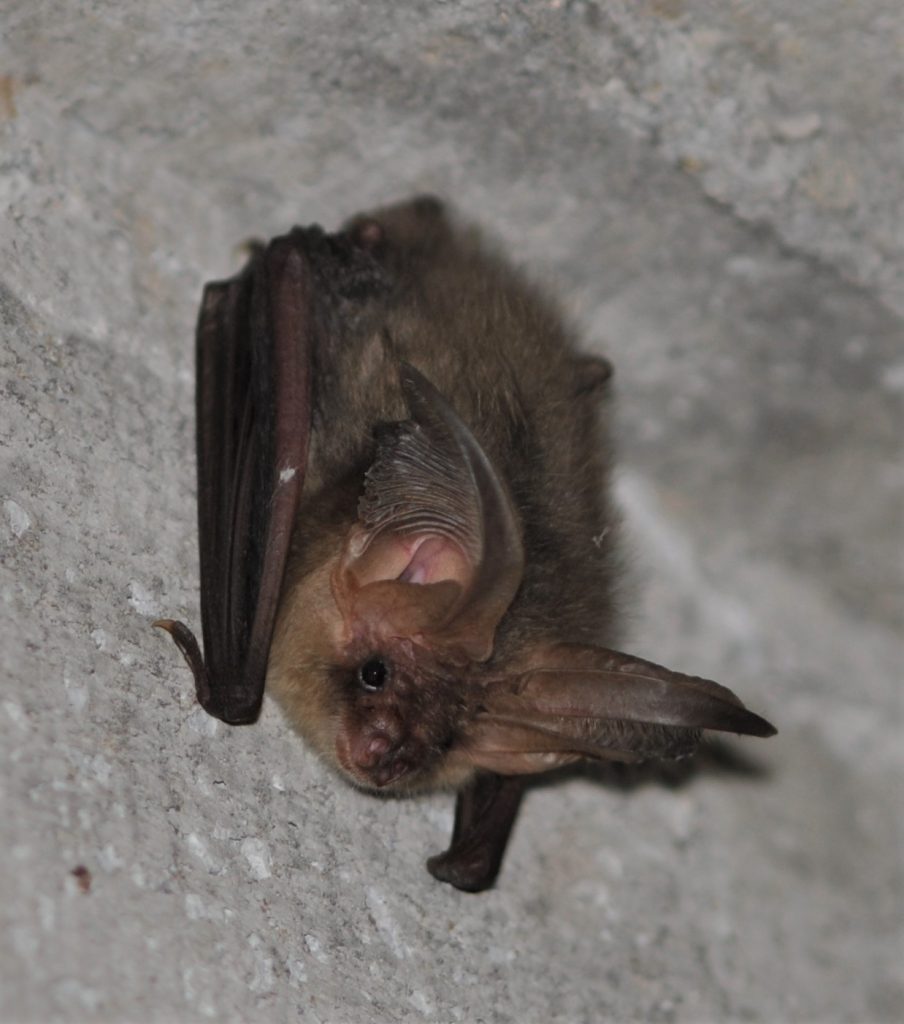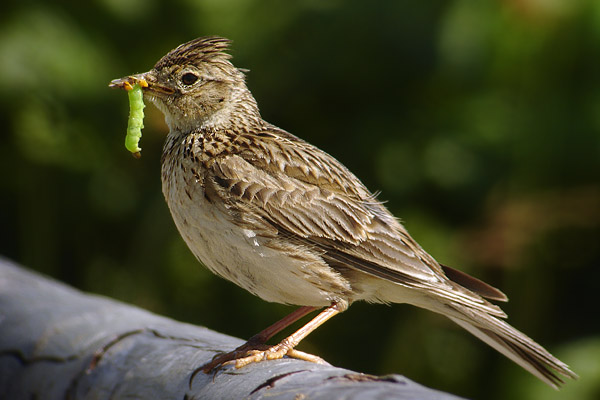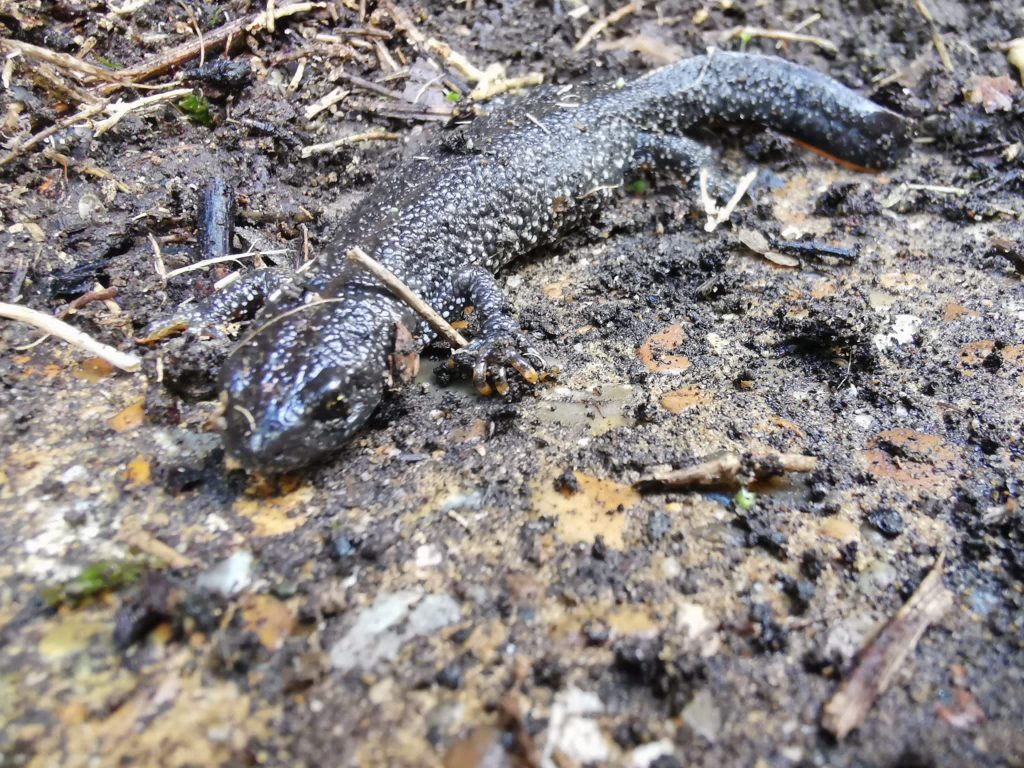On 19th October, 2023 the Canterbury City Council unanimously voted to declare a Biodiversity Emergency. A Canterbury District Biodiversity Plan and Nature Recovery Strategy will be launched in early summer 2024. So how does this relate to the proposed house-building around the Sarre Penn Valley?
The area earmarked for this massive housing development is rich with biodiversity, and we are very concerned for the wildlife that has made The Blean their home. The Strategic Land Availability Assessment carried out in December 2023 failed to note the large amount of biodiversity that needs to be protected here, and we fear the Council may not understand the extent of the biodiversity that is at stake.



Birds – Over 60 species of birds have been recorded in the area in the last 12 months alone, including rare sightings of a black kite and a honey buzzard. Resident birds include fire crests, linnets, gold crests, tawny owls, kestrels, buzzards, kingfishers (between Tyler Hill and Blean on the Sarre Penn stream), sparrow hawks, skylarks, yellow hammers, stonechats, nightingales, siskins, redwings… Skylarks, yellow hammers and swifts are all on the RSPB Red List of species that have either suffered severe declines, or are threatened with global extinction.
Mammals – Brown long-eared bats and pipistrelle bats roost near the Church of St Cosmus and St Damian in the Blean, and hunt for food in the woodlands, meadows and along the stream. They are both protected species because their habitats are so endangered. Hedgehogs, badgers, foxes, field mice, rabbits, bank voles, weasels and grey squirrels also live in the Sarre Penn Valley and surrounding countryside.
Reptiles – There are slow worms and barred grass snakes in the area.
Amphibians – Great Crested Newts, a protected species, have been found living in multiple locations around the area of the proposed housing development. There are also Internationally-recognised experimental ponds for Great Crested Newts on the University site, close to the proposed access points. There are also smooth newts, alpine newts, palmate newts, frogs and toads.
The public data sets Explore Your Area | NBN Atlas and iNaturalist capture some of what we know is here. If you are a local resident, student or conservationist with evidence that can be added to these sets, please submit them via iNaturalist now.
Habitat and Biodiversity Opportunities
The Sarre Penn stream, ancient woodlands and native hedgerows are all important habitats for these creatures. The area is also home to some rare native plants, such as yellow gentians and loose flowered orchids.
Blean is an identified ‘Biodiversity Opportunity Area’ BoA in the Kent Wildlife Strategy. The area between Blean and Tyler Hill north of the University is important as a wildlife corridor, and through habitat restoration provides opportunities for enhanced landscape-scale connectivity projects.
The urbanisation of the green fields between Blean and Tyler Hill would not only sever the wildlife corridor between East and West Blean Woods, but also permanently remove the option of further re-wilding and biodiversity gain in this area.
Wild animals and rare plants can’t cope living close to large populations with noise, light pollution and deadly cars. They do not like their habitats being destroyed. They will leave or die, and they will never come back.
